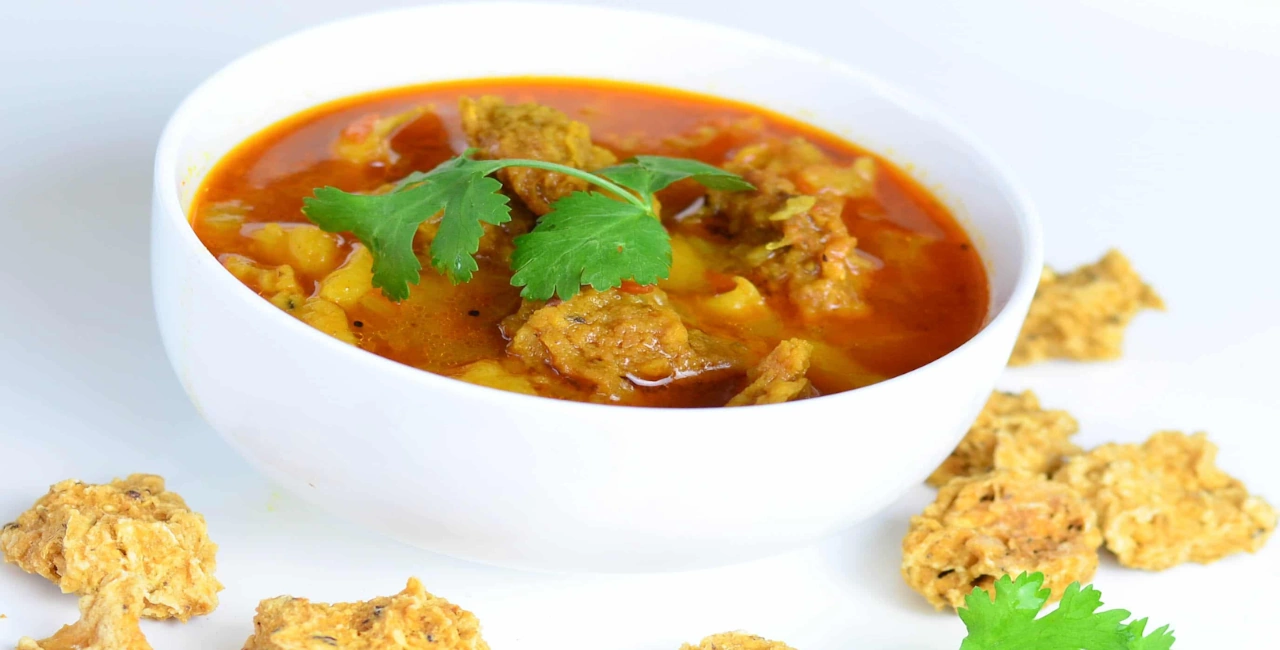Currently Empty: ₹0.00

Baadi is a traditional dish that holds a special place in Indian cuisine, particularly in the northern states such as Rajasthan and Uttarakhand. This simple yet flavorful dish is a staple in many households, cherished for its earthy taste and nutritional value. Baadi exemplifies the rustic charm and rich culinary heritage of India’s rural regions, offering a delightful blend of flavors and textures.
Ingredients and Preparation
Baadi is typically made from coarse grains such as millet (bajra), corn (makka), or wheat flour, which are readily available and staple foods in many Indian states. The preparation of Baadi is straightforward, making it a convenient and wholesome meal option.
Ingredients:
- Millet flour, corn flour, or wheat flour
- Water
- Salt
- Ghee (clarified butter) or oil
Preparation:
- Mixing the Dough: The chosen flour is mixed with a pinch of salt and water to form a thick, smooth dough. The consistency of the dough is crucial, as it should be firm enough to hold shape but not too dry.
- Shaping the Baadi: The dough is divided into small portions and shaped into round, flat discs or balls, depending on regional preferences.
- Cooking: These discs or balls are traditionally cooked on a griddle (tava) or in a pan with a little ghee or oil until they develop a golden-brown crust. In some variations, the Baadi is steamed instead of fried, making it a healthier option.
- Serving: Baadi is often served hot with a variety of accompaniments such as green chutney, curd (yogurt), or curry. It is sometimes enjoyed with ghee or jaggery to enhance its flavor.
Nutritional Value
Baadi is not only delicious but also packed with nutrients. The use of coarse grains like millet and corn makes it a rich source of dietary fiber, essential minerals, and vitamins. Millet, for instance, is high in magnesium, phosphorus, and iron, while corn flour provides a good amount of carbohydrates and fiber. The simplicity of the ingredients ensures that Baadi is free from artificial additives and preservatives, making it a wholesome and healthy dish.
Cultural Significance
Baadi holds significant cultural value in the regions where it is commonly prepared. In Rajasthan, for example, Baadi is often part of the traditional meal served during festivals and special occasions. It is a symbol of hospitality and is served to guests as a gesture of warmth and respect.
In the hilly regions of Uttarakhand, Baadi is a staple food for the local population. It is particularly popular during the winter months, as it provides the necessary warmth and sustenance to endure the cold climate. The dish is also associated with various local festivals and rituals, reflecting its deep-rooted connection to the region’s culture and traditions.
Variations
While the basic recipe for Baadi remains consistent, there are several regional variations that add unique twists to the dish. In some areas, Baadi is flavored with spices like cumin, coriander, and fennel seeds to enhance its taste. In others, it is mixed with greens or herbs, such as spinach or fenugreek leaves, to add nutritional value and flavor.
Conclusion
Baadi is more than just a dish; it is a reflection of India’s diverse culinary landscape and cultural heritage. Its simplicity, nutritional benefits, and versatility make it a cherished part of Indian cuisine. Whether enjoyed as a daily meal or a special treat during festivals, Baadi continues to be a beloved dish that brings families and communities together, celebrating the flavors and traditions of rural India.


